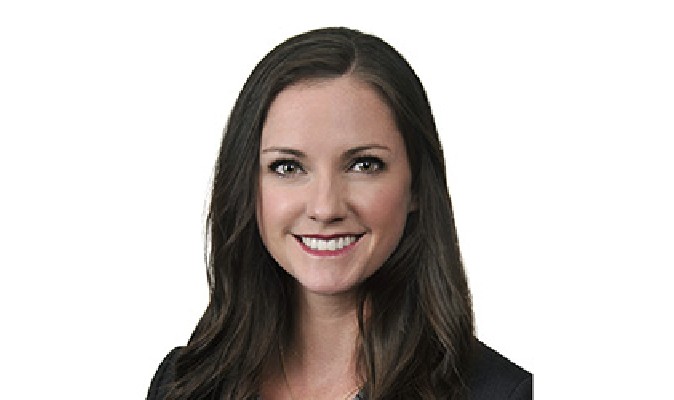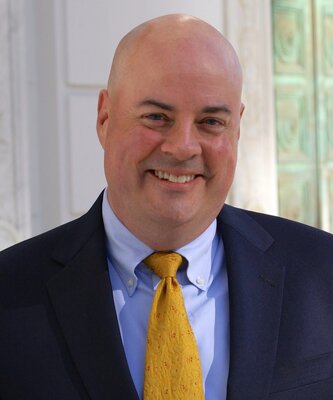John Mullan is our Latest Featured Speaker!
John Mullan is our latest featured speaker!
John will present at our upcoming 2nd Annual Employment Law Year in Review, a two-part webinar held on January 16 and January 18, 2024.
John joined Rudy Exelrod Zieff & Lowe in 2002, and currently leads the class action practice group. He has a deep knowledge of state and federal employment laws, which protect workers from employers who do not provide proper compensation. John has successfully recovered tens of millions of dollars in unpaid wages for his clients from some of the largest employers in California. These class action lawsuits include allegations of unpaid wages, unpaid overtime wages, violations of meal and rest breaks, and gender discrimination. John frequently co-counsels large class action cases with other firms.
John is also an experienced litigator, representing individuals with employment law claims such as wrongful termination, harassment, discrimination, and whistleblower retaliation. He represents many high profile clients, such as Tinder founder Whitney Wolfe in her sexual harassment lawsuit against the company.
John has been named a Northern California Super Lawyer since 2013, and was previously recognized as a “Rising Star for Northern California” by Super Lawyers. He is a graduate of the UC Berkeley School of Law, where he served as an executive editor of the Berkeley Journal of Employment and Labor Law.
We have had many partners from Rudy Exelrod Zieff & Lowe speak over the years – all to rave reviews – and John comes highly recommended by several of them.
Thank you for sharing your expertise with us, John! We’re looking forward to your presentation on employment law.




